Latest Grass News
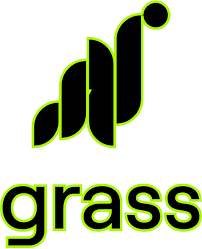
10 days ago
Investors Eye GRASS and PI Crypto Tokens Amid Market Liquidations
Investors are currently focused on the GRASS and PI crypto tokens, which are making headlines due to their unique value propositions. The ongoing presale of Best Wallet has also garnered attention, raising over $12 million. In the past 24 hours, perpetual crypto exchanges like Binance, Bybit, and OKX have liquidated over $665 million in leveraged positions, affecting more than 153,000 traders. Despite this turmoil, many traders remain optimistic about GRASS and PI, viewing them as potential breakout tokens for Q2 2025. Notably, PI crypto has surged 80% since early April, while GRASS has increased by 140% since its all-time low in late October 2024.
GRASS is a decentralized layer-2 platform built on Solana, supported by prominent venture capitalists such as Polychain Capital and Tribe Capital. It allows users to monetize idle internet bandwidth, which is crucial for AI model training. The platform has facilitated the scraping of an impressive 57 million GB of public web data in Q1 2025 alone. Participants earn GRASS points, convertible to GRASS tokens, and the platform has seen a significant increase in node operators, indicating growing interest and adoption. Analysts are ranking GRASS among the top cryptocurrencies to explore, highlighting its potential in the AI and decentralized physical infrastructure network (DePIN) sectors.
On the other hand, Pi Network is making strides toward decentralization, having recently disabled its central node, thus empowering its community of over 60 million users. Despite facing skepticism regarding its legitimacy, Pi Network's mainnet launched in February 2025, and the price of PI crypto has fluctuated significantly since then. As both GRASS and PI continue to evolve, investors are advised to conduct thorough research before making investment decisions. Furthermore, the Best Wallet presale is generating excitement, with its features and security measures positioning it as a strong competitor in the crypto wallet space.
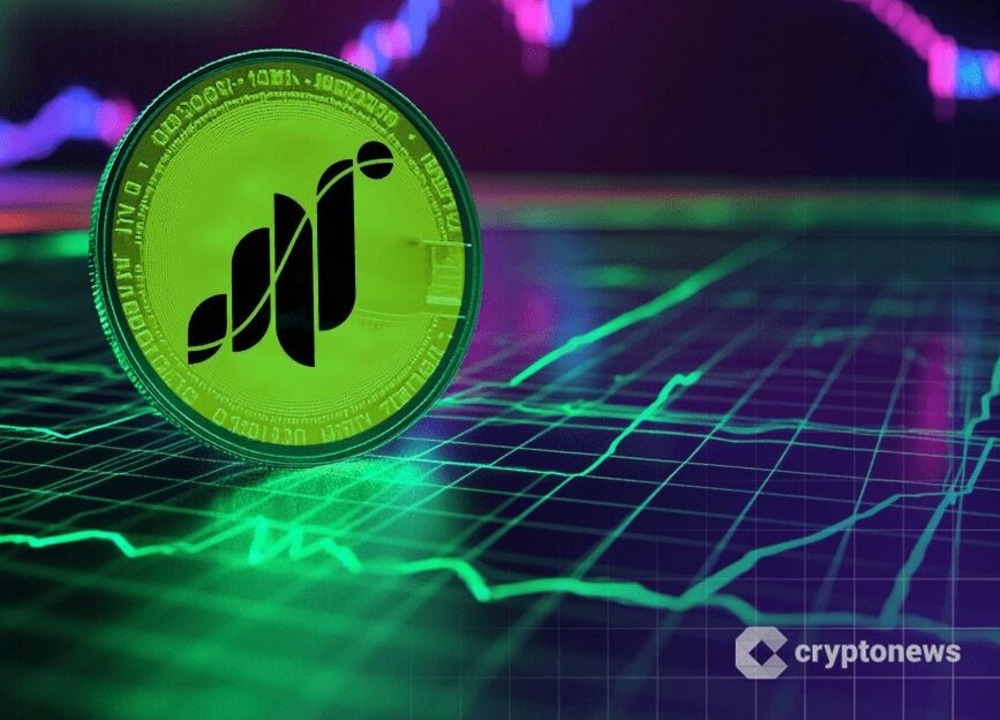
10 days ago
Grass ($GRASS) Faces Correction After 500% Surge: Future Price Predictions
Grass ($GRASS), a decentralized project built on the Solana blockchain, has experienced an 8% decline in value over the past 24 hours, following an impressive 500% surge earlier this month. This downturn raises questions about the sustainability of its recent growth, particularly as it aligns with a broader market correction. Despite this setback, $GRASS has managed to retain a 14-day gain of approximately 13%. The token, which launched in October 2024, has seen significant price fluctuations, reaching an all-time high of $3.90 before settling around $1.88, placing it among the top 123 cryptocurrencies by market capitalization at roughly $460 million.
Grass distinguishes itself by merging Decentralized Physical Infrastructure Network (DePIN) elements with Artificial Intelligence (AI) functionalities. Users who install the Grass browser app can share their excess internet bandwidth to train AI models, earning rewards in the process. This innovative model has led to substantial growth, with the user base expanding from 200,000 to over 3 million between Q4 2024 and early 2025. The platform's capabilities were further enhanced by the Sion Upgrade, which significantly improved its ability to scrape and process multimodal web content, achieving daily data collection rates that rival those of major tech companies.
Despite the recent dip in activity, with daily data scraping falling to around 759,000 TB, Grass remains a formidable player in the DePIN space, second only to Helium on Solana. The project has secured listings on major exchanges, and many traders believe it is currently undervalued, with bullish predictions suggesting a market cap of $1 billion and a potential price target exceeding $4 by year-end. Technical analysis indicates that while the asset has faced resistance, a rebound from current support levels could signal a new upward trend, although a drop below key moving averages might lead to further declines.
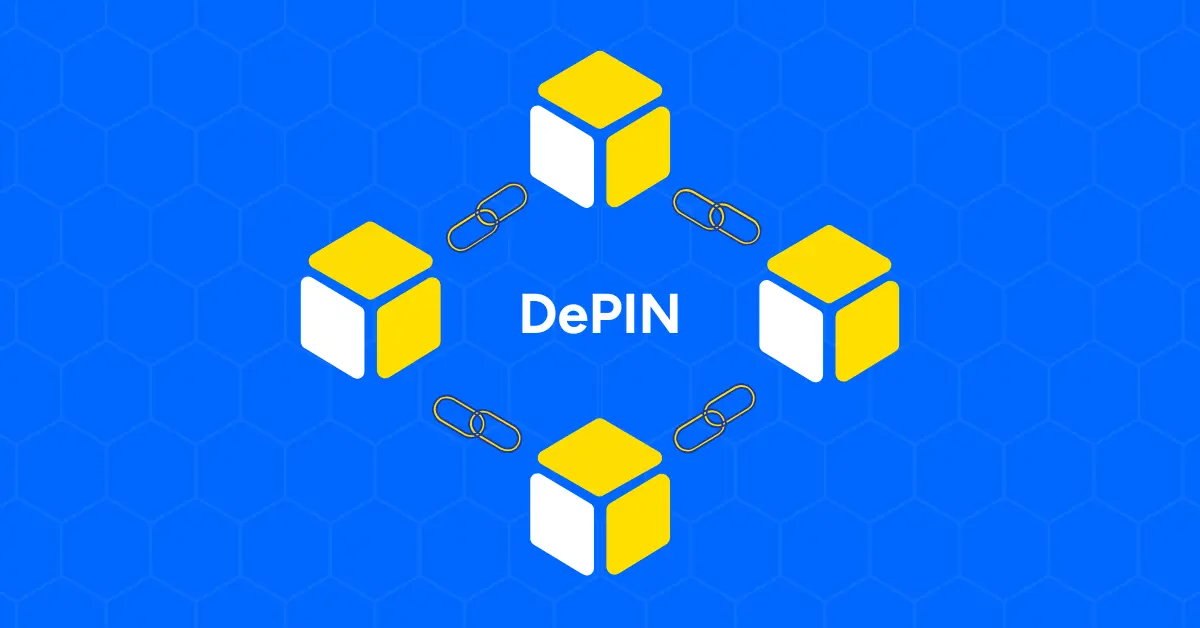
16 days ago
Exploring the Investment Potential of Decentralized Physical Infrastructure Networks (DePIN)
The recent analysis of Decentralized Physical Infrastructure Networks (DePIN) highlights its potential as a significant investment track in the cryptocurrency landscape. DePIN, which aims to decentralize the infrastructure of the physical world, is gaining traction alongside AI as a promising direction for investment. However, the sector currently lacks a leading project to catalyze its growth, with Helium being the most recognized name, albeit predating the DePIN concept. The analysis suggests that DePIN could yield substantial returns in the next 1-3 years, as it addresses real-world needs through decentralized solutions, such as reducing costs in telecommunications and AI data acquisition.
The investment rationale for DePIN is grounded in its ability to optimize traditional infrastructure models. For instance, in the telecommunications sector, traditional operators face exorbitant costs for spectrum licenses and base station deployments. In contrast, Helium Mobile allows users to become micro-operators by purchasing affordable hotspot devices, significantly lowering deployment costs. Similarly, in the AI domain, projects like Grass leverage distributed web scraping to reduce data acquisition expenses while ensuring compliance and diversity. These examples illustrate how DePIN can outperform conventional methods, making it an attractive investment opportunity.
Moreover, DePIN presents a unique intersection of infrastructure and consumer needs, addressing the challenges faced by both sectors. High-quality DePIN projects exhibit strong product-market fit and revenue generation, making them less susceptible to market volatility. As demonstrated by Helium's competitive pricing and Grass's user-friendly model, DePIN can effectively capture user interest and mindshare. While the path to widespread adoption may be gradual, the potential for DePIN to disrupt traditional industries and create sustainable value through innovative token economies is significant, positioning it as a focal point for investors looking ahead to 2025.

2 months ago
AI-Focused Cryptocurrencies Face Significant Decline Amid Microsoft Data Center Slowdown
The recent downturn in the cryptocurrency market, particularly for AI-focused tokens, has been significantly influenced by Microsoft's decision to slow its data center expansion plans. In the past 24 hours, Bittensor's token has plummeted by 10%, with a staggering 24% drop over the past week. Render Token (RNDR) and Grass have similarly faced declines of 10% and 20% respectively, contributing to a 10% decrease in the overall market cap of AI tokens tracked by CoinGecko. This trend mirrors the performance of major AI-related stocks, with NVIDIA experiencing a more than 30% decline from its 2024 peak and AMD dropping 47% from its highs this year.
The impact of Microsoft's announcement, which includes halting or delaying data center developments across multiple countries, raises concerns about the pace of growth in the AI sector. This news is particularly striking given Microsoft's pivotal role in AI commercialization through its collaboration with OpenAI, the creator of ChatGPT. Analysts from TD Cowen have expressed worries about a potential oversupply of data centers, suggesting that the demand may not keep pace with the rapid expansion previously anticipated.
The AI boom has attracted numerous developers in the crypto space, with projects like Bittensor offering decentralized marketplaces for AI learning models, where miners earn TAO tokens by contributing computing resources. Render operates on Solana, providing a platform for users to lease GPU power, while Grass incentivizes users to earn tokens through app installations. Additionally, the decline in AI meme coins, particularly within the Virtuals Protocol ecosystem, highlights the broader market correction, with tokens like GAME seeing their valuations plummet from $350 million to just $13 million since January.

2 months ago
Exploring the Best Crypto Airdrops of 2024
Airdrops have emerged as a prominent marketing strategy within the blockchain space, enabling projects to reward early adopters and attract new users by distributing free tokens. Participants can earn these tokens by completing simple tasks, such as following projects on social media or joining their community groups. In 2024, several notable airdrops are available, including Grass, a DePIN network that leverages idle internet bandwidth, and RetroBridge, a multi-chain token bridging platform. Other projects like WalletConnect and Rainbow Wallet are also offering airdrops, enhancing user engagement through point rewards and utility tokens.
Grass, for instance, allows users to earn Grass Points by running a node on their computer, with the potential for these points to convert into tokens in the future. The project has already distributed 100 million tokens to over 2 million users in its first airdrop phase and is currently in the second phase, distributing 17% of the total supply. Similarly, RetroBridge incentivizes users through various tasks, including token bridging and social media engagement, with plans to launch a marketplace for users to exchange their earned points for tokens in 2025.
As the landscape of crypto airdrops continues to evolve, platforms like Summer.fi and Zeek are also gaining traction by offering unique rewards systems. Summer.fi rewards users for engaging with DeFi protocols, while Zeek allows users to monetize their knowledge through a social network. However, participants should exercise caution, as not all airdrops are legitimate. Conducting thorough research and ensuring the authenticity of projects is crucial to mitigate risks associated with potential scams. Overall, airdrops remain a compelling way for users to engage with the blockchain ecosystem and potentially earn free cryptocurrency.

2 months ago
The Rise of Decentralized Physical Infrastructure Networks in Cloud Computing
As technology continues to evolve, the Decentralized Physical Infrastructure Network (DePIN) is emerging as a transformative force in the realm of cloud computing. Built on blockchain technology, DePIN utilizes individual hardware devices, known as nodes, which can range from personal computers to IoT devices. This decentralized network eliminates the need for a centralized authority, enhancing security and transparency while outperforming traditional systems in efficiency and scalability. With the rise of AI applications, decentralized networks are becoming essential for managing data collection and processing, as highlighted by a recent CoinDesk report indicating that the market capitalization of DePIN tokens has exceeded $25 billion, driven by advancements in computing and AI sectors.
Several projects exemplify the potential of DePIN technology. Akash, often referred to as the "Airbnb of cloud computing," connects sellers of excess computing resources with buyers, creating an open-source platform for cloud services. Meanwhile, io.net focuses on providing a decentralized GPU network for machine learning applications, boasting 83,000 GPUs and significant cost savings compared to traditional providers. Grass, another DePIN initiative, allows users to share their internet bandwidth in exchange for rewards, while Koii aims to democratize access to decentralized computing by enabling any device to participate in the network, thus broadening the scope of user involvement and reward opportunities.
Despite the promising advancements, the DePIN market faces challenges in establishing a sustainable revenue model. Many projects rely on a dual-token system to balance supply and demand, akin to the Goldilocks problem of finding the right equilibrium. To foster growth, initiatives like Koii's EZSandbox are simplifying the onboarding process for developers, providing tools and resources to create and test decentralized applications. Collaborations, such as Koii's partnership with the Web3 search engine Adot, further enhance network efficiency and accessibility. As the reliance on cloud computing grows, DePIN platforms like Koii, Akash, and Grass are poised to reshape the landscape of decentralized computing, making it more accessible and cost-effective for users worldwide.

3 months ago
GRASS: Revolutionizing Internet Resource Sharing Through Cryptocurrency
GRASS is a pioneering cryptocurrency that rewards users for sharing their unused internet bandwidth, effectively transforming surplus network resources into real value. Operating within the framework of decentralized physical infrastructure networks (DePIN), GRASS facilitates a unique ecosystem where individuals can monetize their untapped bandwidth. This innovative approach not only enhances user privacy but also provides enterprises with the necessary resources for data-intensive tasks, such as AI training and market analysis. With endorsements from leading antivirus providers, GRASS ensures a secure environment for its growing user base of over 2.5 million individuals, offering stability and redundancy against localized disruptions.
Despite its promising features, GRASS faces several challenges, including regulatory uncertainties and security risks that are prevalent in the cryptocurrency landscape. As governments worldwide grapple with the need for comprehensive regulations, GRASS must navigate potential legal hurdles related to network resource sharing and the taxation of digital currencies. Market experts caution potential investors about the volatility of cryptocurrencies, emphasizing the importance of strategic timing when engaging with GRASS and similar digital assets. The platform's commitment to user privacy and security, combined with its innovative monetization model, positions it as a significant player in the evolving landscape of digital resource utilization.
In conclusion, GRASS represents a transformative shift in how individuals and organizations can leverage digital resources. By converting unused bandwidth into a source of income, GRASS not only empowers users but also fosters a sustainable sharing economy. As the demand for decentralized network solutions continues to rise, GRASS is poised for increased adoption, potentially doubling its user base by 2025. For those interested in exploring this new frontier, thorough research and a cautious approach are recommended to navigate the complexities of the cryptocurrency market effectively.

3 months ago
GRASS Cryptocurrency: Transforming Unused Bandwidth into Profit
GRASS, a new cryptocurrency, is revolutionizing the way we perceive and utilize unused Internet bandwidth. Operating within the framework of the Decentralized Physical Infrastructure Network (DePIN), GRASS allows users to become digital landlords, sharing their surplus bandwidth with businesses that require enhanced digital capacity for tasks such as AI training and market research. This innovative model not only transforms dormant digital resources into profitable assets but also creates a win-win ecosystem where both users and enterprises can benefit. Security is a top priority, with robust measures in place to protect personal data, certified by leading antivirus companies to ensure network integrity.
As GRASS grows, it faces potential regulatory challenges that could impact its operations and the broader decentralized model. The initiative represents a significant shift in connectivity and commerce, suggesting a future where the underutilized bandwidth of everyday users contributes meaningfully to the digital economy. By effectively monetizing idle Internet resources, GRASS is poised to redefine how individuals engage with Internet services, turning them into key players in this emerging financial landscape. The cryptocurrency market is expected to grow significantly, and infrastructure-based cryptocurrencies like GRASS are likely to see even faster growth due to their practical utility.
In conclusion, GRASS not only offers a passive income stream for users but also promotes sustainability by utilizing existing Internet resources. While the model presents exciting opportunities, it is not without its challenges, particularly concerning regulatory frameworks and data privacy. As the market evolves, GRASS may pave the way for a new era of decentralized applications and Internet infrastructure, encouraging users to explore this innovative financial model while remaining informed about potential risks and security measures.
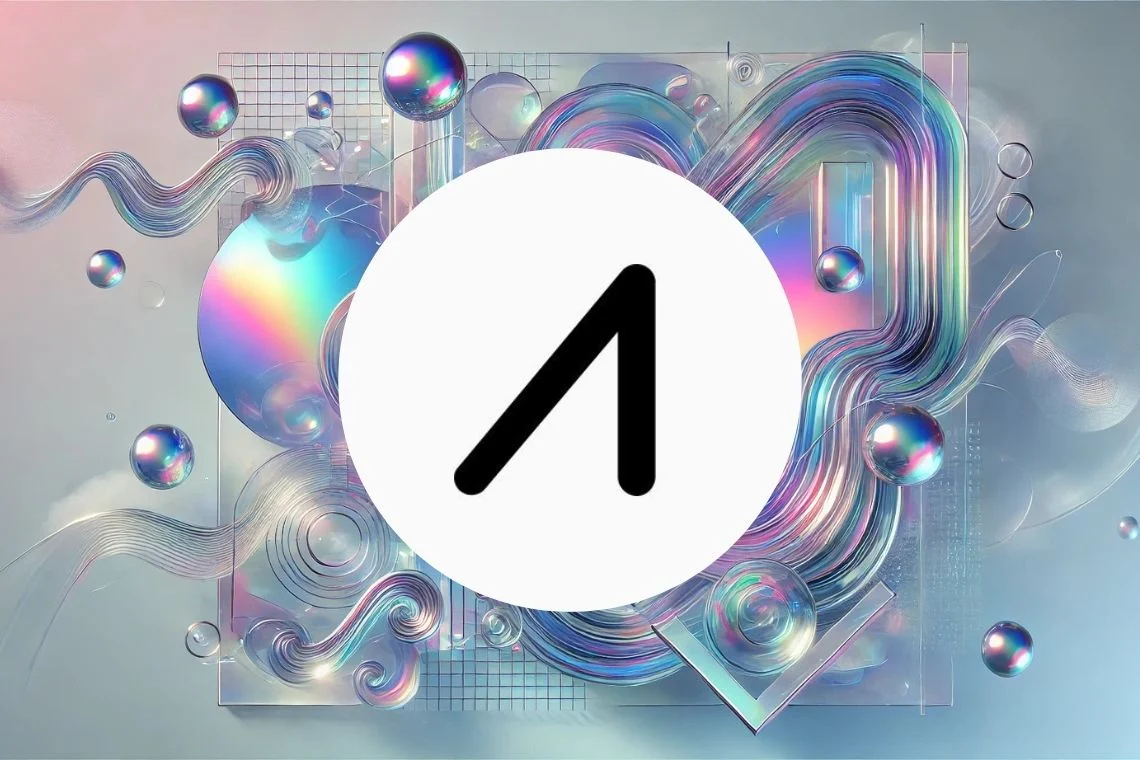
5 months ago
AIOZ Network: Pioneering Decentralized Infrastructure in 2024
The AIOZ Network is a notable player in the burgeoning sector of Decentralised Physical Infrastructure Network (DePin). Founded in 2017 by Erman Tjiputra, this blockchain platform is designed to revolutionize digital content storage, transmission, and monetization. Utilizing a Delegated Proof-of-Stake (DPoS) consensus mechanism, AIOZ can process up to 1,400 transactions per second, showcasing its scalability. The network operates on a decentralized content delivery system powered by over 217,000 P2P nodes, which are rewarded with the native AIOZ token for their contributions. AIOZ also provides a decentralized marketplace for AI assets, allowing users to monetize their resources while addressing concerns related to data centralization and user privacy.
In 2024, the AIOZ token experienced remarkable growth, skyrocketing approximately 700% from $0.14 to $1.12. This surge was fueled by a bull wave that began in February, attracting significant investor interest. Despite a brief pause during the summer, the token's value resumed its upward trajectory in November, maintaining strong support above the EMA 50. Currently priced at $1.02 with a market capitalization of $1.14 billion, AIOZ ranks #86 on CoinMarketCap. Looking ahead to 2025, the token is expected to continue benefiting from the DePin trend, although potential bearish movements could see it drop to around $0.80.
While AIOZ Network operates within the Ethereum and Cosmos ecosystems, the majority of DePin activity is concentrated on Solana. A recent report highlighted that four of the five largest decentralized physical infrastructure networks are based on Solana, with Grass leading the pack by contributing 2.5 million devices. The DePin sector has seen a substantial increase in demand for data processing, with top projects earning $500 million in revenue, marking a 33-fold growth from the previous year. AIOZ, positioned 14th in terms of node count, continues to be a significant player in this rapidly evolving landscape.
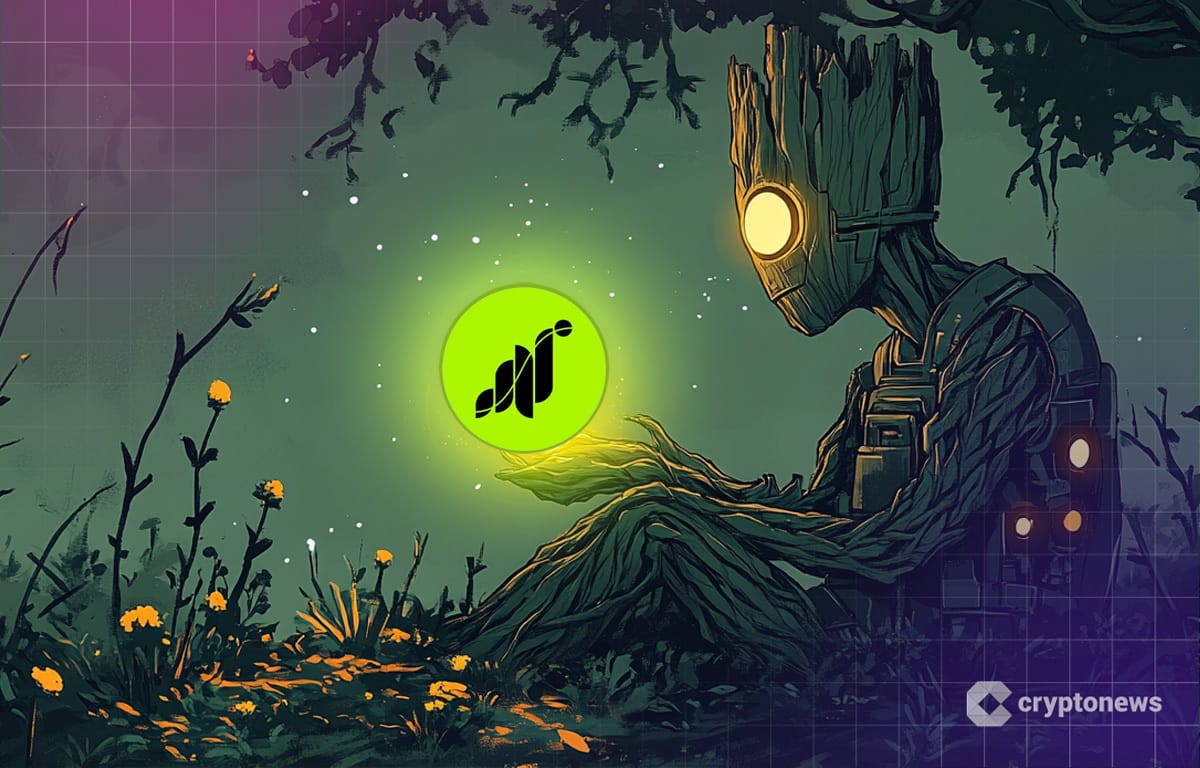
5 months ago
Grass Cryptocurrency: A Promising Yet Challenging Journey Ahead
The cryptocurrency project Grass, built on the Solana blockchain, has recently made headlines with a remarkable 494% surge in price following its airdrop. Initially, the price peaked at $3.89 on November 8, 2024, but has since stabilized around $2.3 to $2.4. With 2 million users and a position among the top 15 Decentralized Physical Infrastructure Network (DePIN) coins, Grass shows significant potential, although it faces regulatory scrutiny and challenges regarding its data collection practices. The project allows users to earn passive income through web scraping, utilizing unused internet bandwidth to train artificial intelligence, which raises concerns about privacy and data security.
Despite the initial excitement surrounding the airdrop, which distributed 10% of the total supply to users, the price has seen fluctuations. Analysts suggest that while Grass has established itself in the market, it must navigate potential regulatory hurdles and the lack of an audit for its code. The project’s unique model, which involves nodes, routers, and validators to manage data collection, positions it well within the growing DePIN sector. However, the project's reliance on user data and the absence of transparency in its operations may hinder its long-term growth prospects.
Looking ahead, the high annual percentage yield (APY) for staking, estimated at around 50%, and the anticipated launch of an iOS app in Q1 2025 could reignite interest in Grass. As the project continues to evolve, its ability to maintain user engagement and adapt to regulatory landscapes will be crucial. The crypto community remains cautiously optimistic, with traders noting that while the price may not experience drastic changes, it could stabilize and potentially rise again as the project matures and expands its offerings.
Signup for latest DePIN news and updates